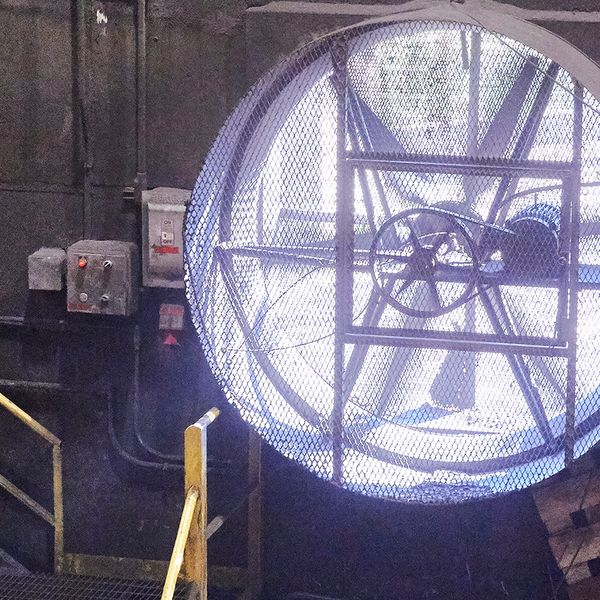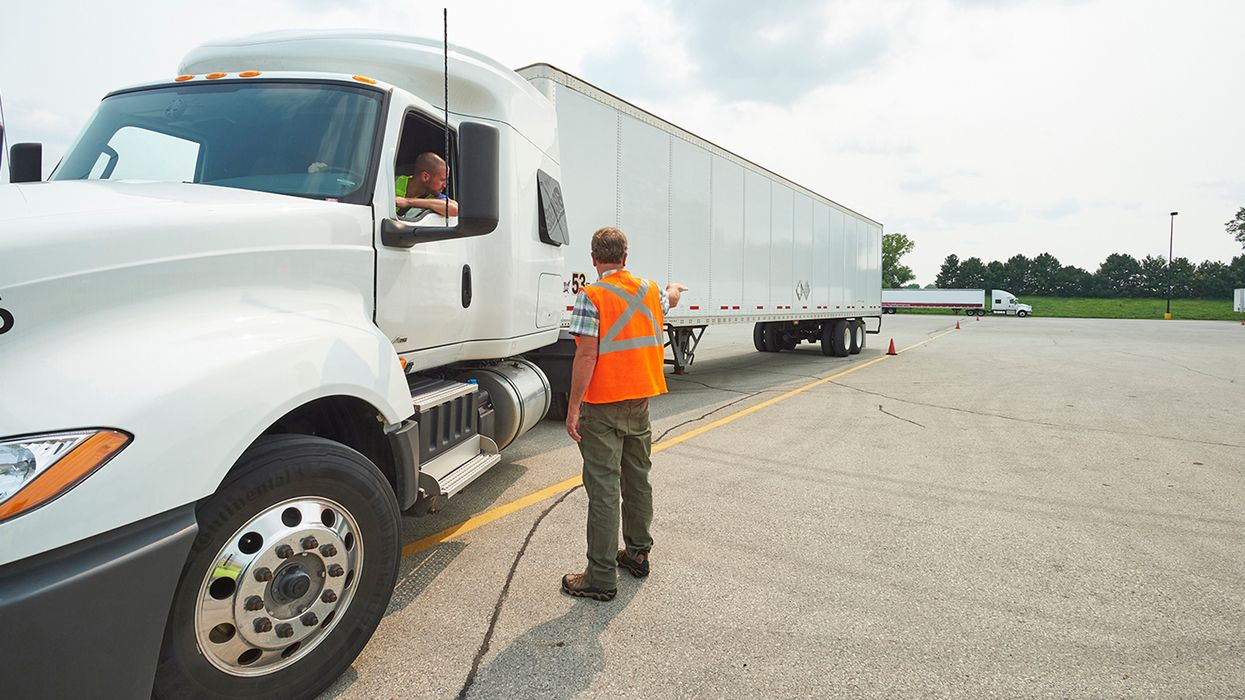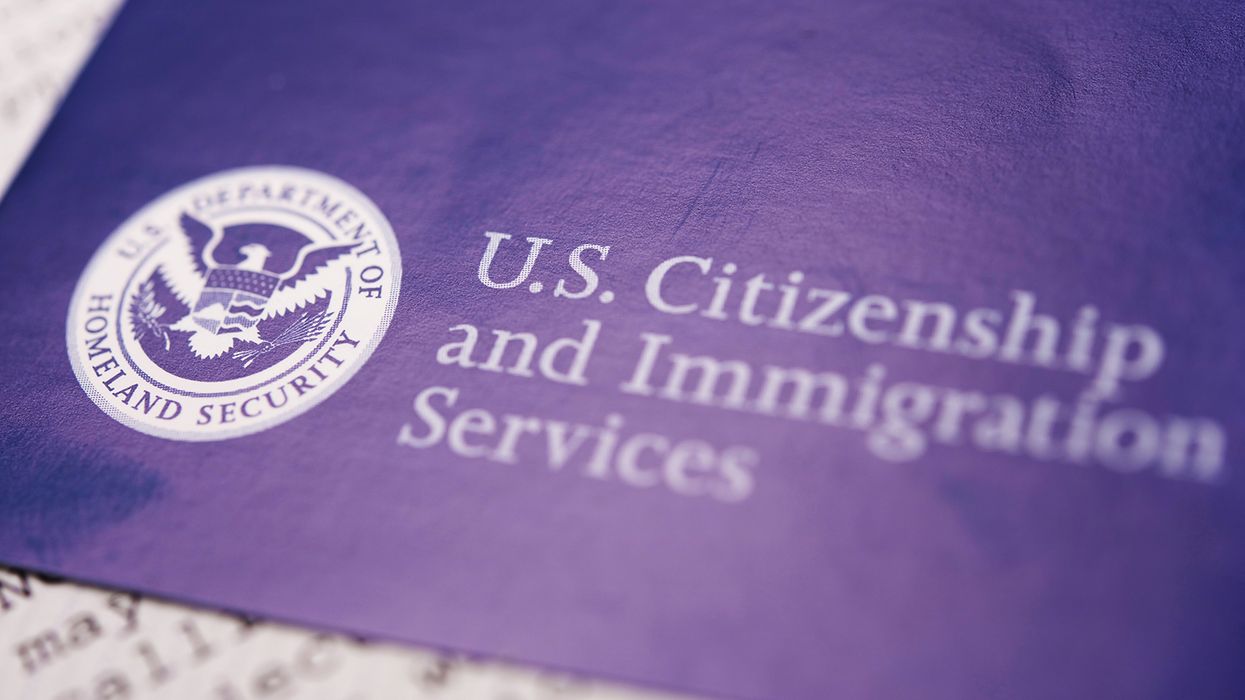Cannabusted! Don’t get caught with your safety plants down!
Marijuana may be considered an economic boost to the country, but can the workplace safety implications bust your business? As the legalization of marijuana trend continues across the country, employers are challenged with managing safety risks.
The National Institute for Occupational Safety and Health (NIOSH) has found that workers who grow, harvest, or process cannabis are at risk of:
- Exposure to medicinal chemicals in cannabis plants and other toxins;
- Respiratory hazards from organic dusts, fungi, and bacteria;
- Allergen sensitization;
- Injury during plant cultivation, manufacturing, and heavy equipment operations;
- Ergonomic risks;
- Emotional stress associated with psychoactive effects of exposure;
- Facility security; and
- Workplace violence.
How are regulators responding?
OSHA supports workplace drug and alcohol programs and requires cannabis employers to comply with the same OSHA regulations as other industries. However, there isn’t a current standard specific to cannabis use in the workplace. OSHA's General Duty Clause, Section 5(a)(1) of the OSH Act, may be applicable where a particular hazard is not addressed by another OSHA standard.
General Duty Clause violations may be issued to employers when no specific OSHA standard has been implemented to address the recognized hazard and:
- The employer failed to keep its workplace free of a "hazard;"
- The hazard was "recognized" either by the cited employer individually or by the employer's industry generally;
- The recognized hazard was causing or was likely to cause death or serious physical harm; and
- There was a feasible means available that would eliminate or materially reduce the hazard.
Cannabis is still illegal under federal law, but some states with legalized cannabis like Michigan are responding to recognized risks. Michigan OSHA (MIOSHA) has implemented a State Emphasis Plan (SEP) to focus on ensuring worker safety related to cannabis exposure. MIOSHA’s SEP will include programmed inspections targeting cannabis facilities that grow, harvest, or process publicly sourced cannabis.
Tips for staying off OSHA’s inspection schedule
Employers can avoid plant shutdowns by ensuring they understand how recreational cannabis use can drift into the workplace and the risks associated with the infiltration. Developing a safety program that addresses cannabis exposure hazards is the best place to start.
Safety programs are not mandatory (yet) but proactively establish employer expectations of worker safety and ensure regulatory compliance. Safety programs should address at a minimum:
- Safety hazards and control measures including machine guarding, ventilation, and electrical safety;
- Emergency Action Plans (EAPs) addressing emergency and medical response, eyewash/shower facilities, and emergency equipment;
- Injury and illness prevention, reporting, and response;
- Personal protective equipment (PPE) to include limitations, donning/doffing, use and care;
- Hazard communication including exposure hazards, safety data sheets (SDSs), and labeling;
- Safe chemical and material storage and handling procedures; and
- Training requirements and expectations.
Keys to Remember
The best way for employers to benefit from the cannabis boom is to be proactive. Implementing and communicating an effective safety program that addresses worker risks and incorporates existing regulatory standards will ensure compliance.



















































